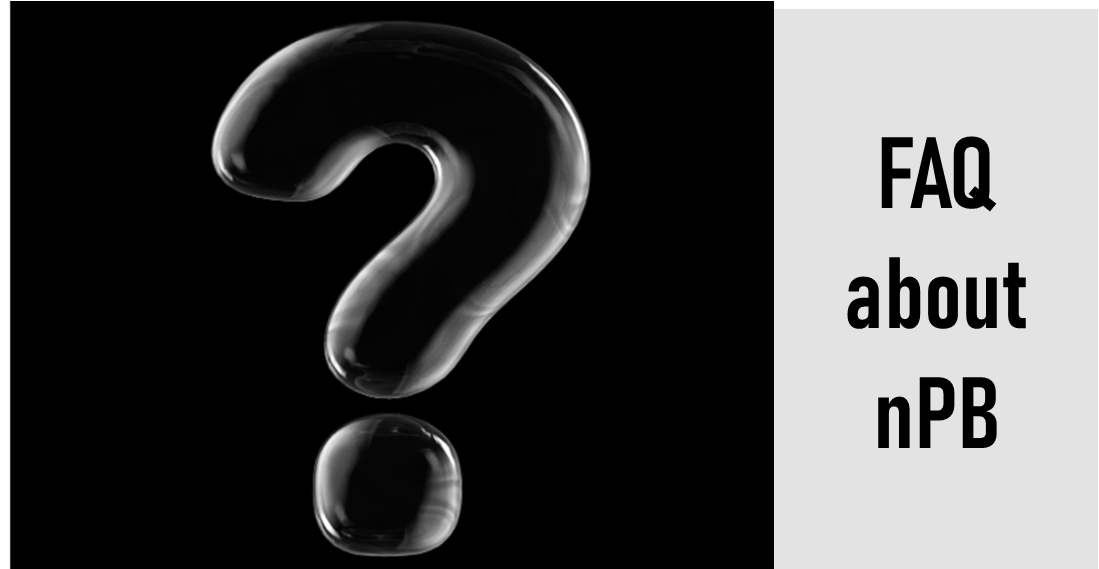nPB (n-propyl bromide) FAQ (If Vapor Degreasing)
1. Are there other solvent alternatives to n propyl bromide? So we can keep using our current vapor degreasing equipment given the nPB (n-propyl bromide) regulatory changes?
Yes, there are several leading-edge solvents available now that will provide the same cleaning power without the regulatory or health and safety issues that nPB users are going to be dealing with. These are usually fluorinated based solvents that have a better H&S profile, are faster evaporating and have a lower boil point. AeroTron-100 can be used to quickly and easily move from your current nPB solvent and avoid regulatory issues.
2. Can we just stay with the nPB?
Maybe. Your company does not need to stop using nPB (1-bromopropane) unless there is a corporate mandate to do so. nPB is not currently being banned (however, every state is different - so do some homework). 1-bromopropane (1-BP) is becoming more regulated, in that it will now be a HAP (Hazardous Air Pollutant) and will need to be added to the PTE (potential to emit). If your facility becomes a major source of HAP, the facility will need to follow the title V requirements for major sources and may need to comply with other National Emission Standards for Hazardous Air Pollutants (NESHAP) requirements.(1)
If your company is familiar with these regulatory compliance processes – your company may just want to stick with nPB. If your company is not interested in dealing with the regulatory issues – investigating some of the better solvent alternatives might be worth the energy.
3. Is there any way to have the nPB not be considered a HAP?
No.
4. If we are vapor degreasing, should we move into aqueous cleaning?
Aqueous cleaning is water-based and involves using various cleaning methods (from dip tanks to hand-scrubbing, to large industrial equipment washers) to remove grease, dirt, and oil from parts and equipment. Aqueous Cleaning uses water with surfactants, detergents, emulsifiers, inhibitors, anti-foaming agents, PH buffers and many other additives to the water wash bath to removed contaminants from your parts.
Moving into aqueous cleaning would be expensive and time consuming – but it might be an alternative to consider.
4. How do I assess what my next steps should be? if you are interested, give Reliance Specialty Products a call at 847.640.8923 or contact us – we are happy to discuss your situation and next steps.
(1) EPA’s 2021 Listing of 1-Bromopropane as a CAA Section 112 Hazardous Air Pollutant – Questions and Answers
https://www.epa.gov/system/files/documents/2022-01/1bp-q-and-a-document-final.pdf

